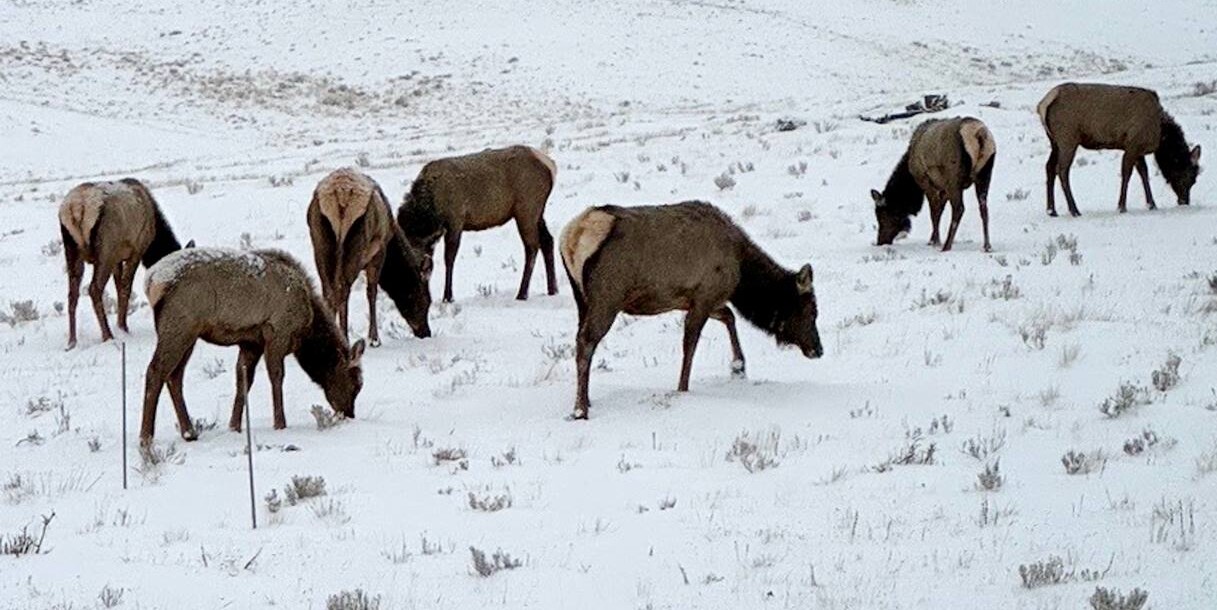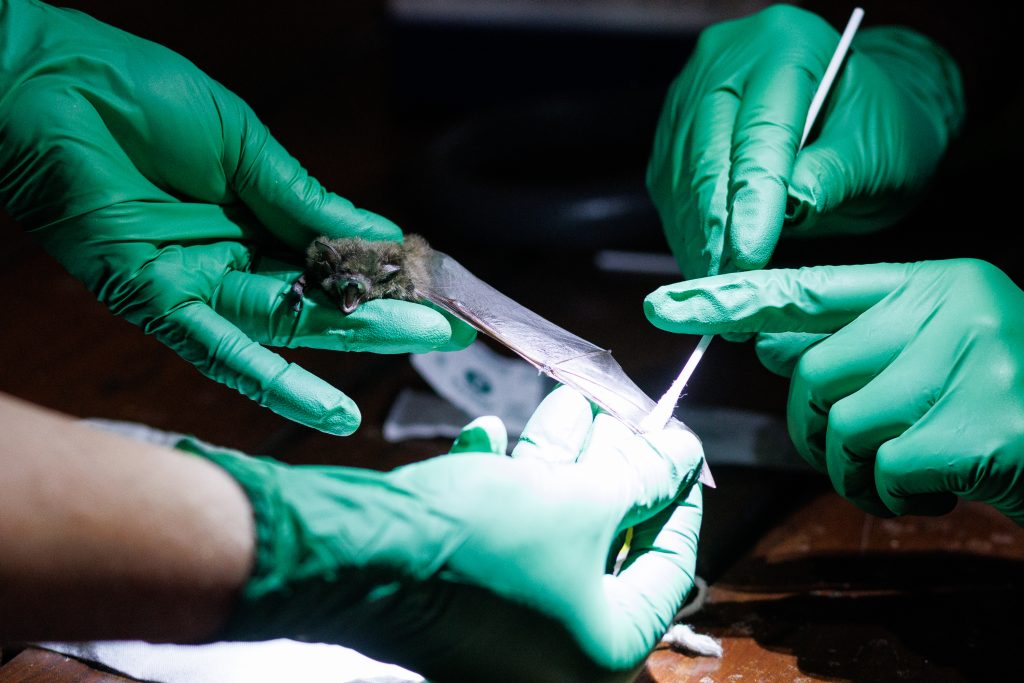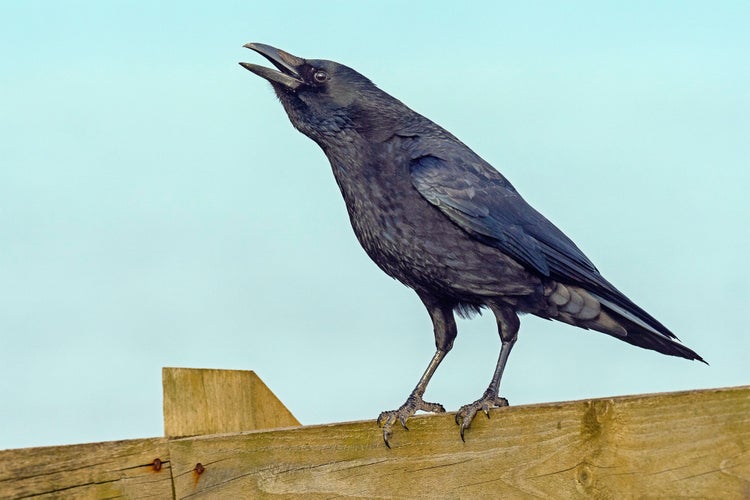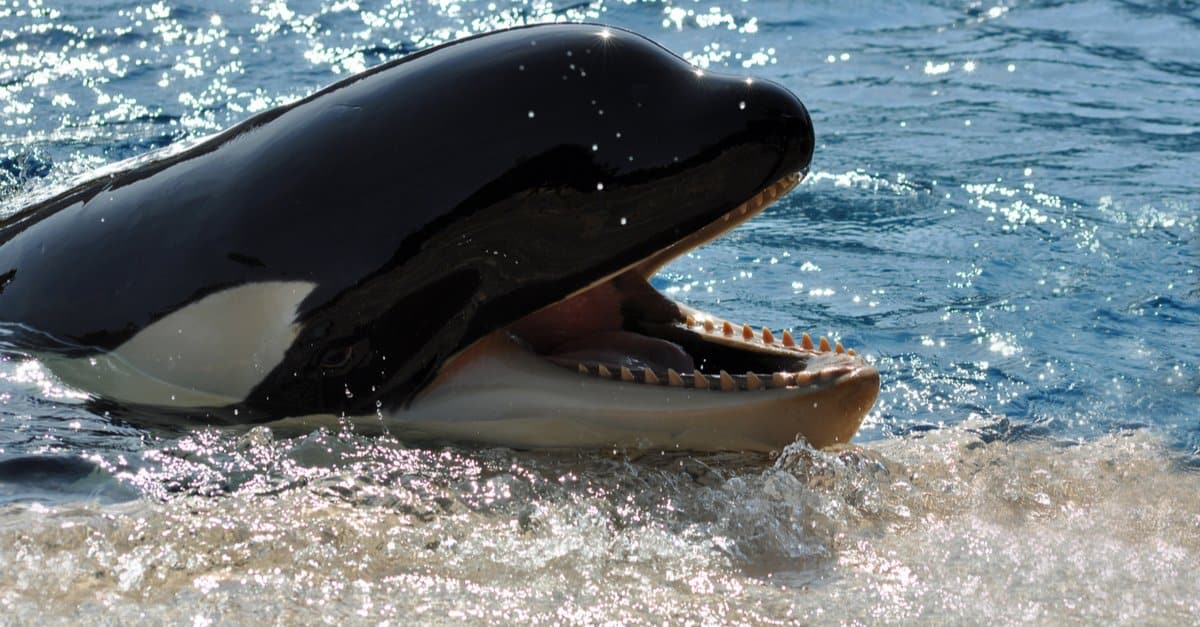As spring turns to summer in the southern hemisphere, the Punta Tombo Natural Protected Area on Argentina‘s central coast comes alive, with the chicks of some 180,000 pairs of nesting Magellanic penguins braying and peeping 24/7. That penguin-palooza was nearing a crescendo in November 2021 when tragedy struck. A local rancher named Ricardo La Regina, […]
![Endangered Rothschild Baby Giraffe Stands For The First Time [Video] Endangered Rothschild Baby Giraffe Stands For The First Time [Video]](https://media-cldnry.s-nbcnews.com/image/upload/t_fit-1500w,f_auto,q_auto:good:444,e_sharpen:60/MSNBC/Components/Photo/_new/tdy_hall_giraffe_130325.jpg)
Endangered Rothschild Baby Giraffe Stands For The First Time [Video]
Rothschild giraffes are an endangered species, with only 670 left in the world. This adorable calf was born March 22 at the LEO Zoological Conservation Center (LEOZCC), a preservation refuge and breeding center for rare, threatened and endangered species in Greenwich, Connecticut. Despite having only been alive for 30 minutes, the baby was learning to […]

Elk Can Migrate Through Private Colorado Ranch After First-of-its-Kind Deal with Conservation Group
A Colorado rancher has signed a first-of-its-kind agreement that will see a conservation organization help pay for his land leases in exchange for letting wildlife access it. America is a leader across many dimensions, few more so than in innovative conservation strategies. From the concept of the ‘national park’ to the Federal duck stamp, America […]

A deadly disease is killing millions of bats. Now Trump funding cuts threaten a promising Canadian treatment
Researchers Cori Lausen and Maleen Mund step out of the warm spring sun and into a dimly lit workshop. The only light streams in through the doorway behind them and a few dusty windows. It’s been a cool start to the season in the Lower Mainland, but some bats have already emerged from their winter […]

Petition: Save Butterflies From Extinction – Act Now
A recent study has revealed that a whopping 22% of butterfly species in the United States have disappeared in the last 20 years. Make no mistake – this is an emergency. The loss of butterflies is not just a tragic consequence for these beautiful insects, but a sign of a much larger environmental crisis. Despite […]

Bird-shooting event legal despite complaints, provincial minister says
A “crow and magpie shoot” event that’s been the subject of numerous complaints to the province is legal and can go ahead as planned, Natural Resources Minister Ian Bushie told reporters Wednesday. The event, scheduled for Saturday, is hosted by the Woodlands & District Wildlife Association, a club in the Interlake. A poster advertising the […]

South Carolina man pleads guilty to illegally selling sperm whale teeth and bones
A South Carolina man pleaded guilty to importing and selling sperm whale teeth and bones, a violation of federal wildlife laws, the Justice Department announced. Lauren H. DeLoach, 69, of Saint Helena Island, admitted to importing sperm whale parts to South Carolina, including at least 30 shipments from Australia, Latvia, Norway, and Ukraine, between 2021 […]

Fishing cats in India struggle to survive outside protected areas
The wetlands of West Bengal in eastern India are one of the country’s best habitats for the fishing cat, a species vulnerable to extinction. But a significant population of these fish-eating, mid-sized wildcats lives outside protected areas, putting them at high risk of road accidents and retaliatory killing, reports contributor Nabarun Guha for Mongabay India. […]
